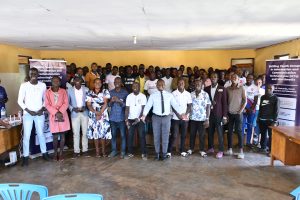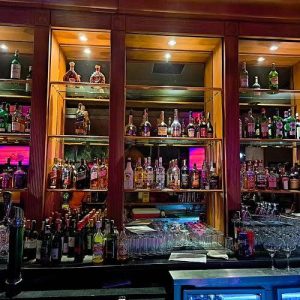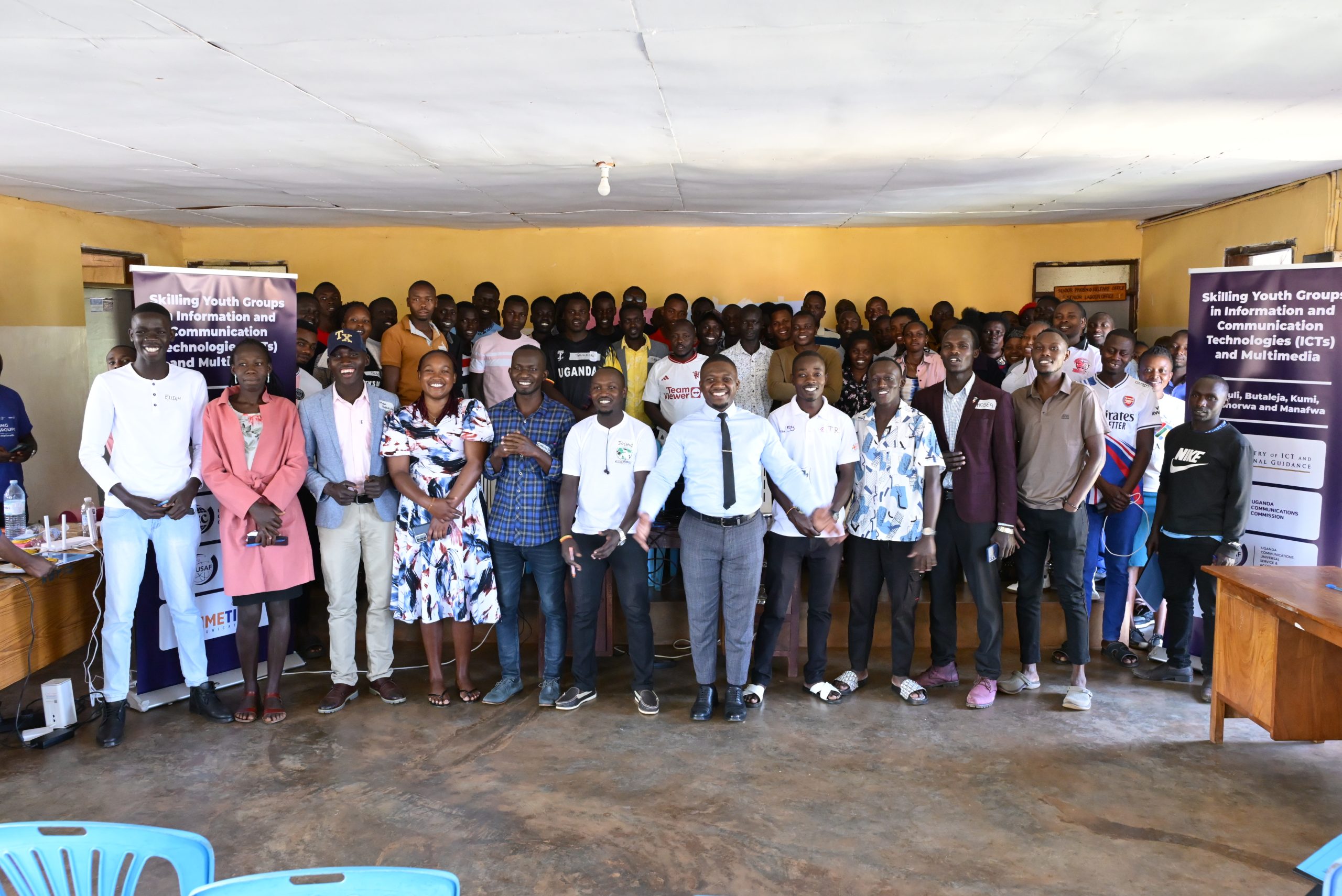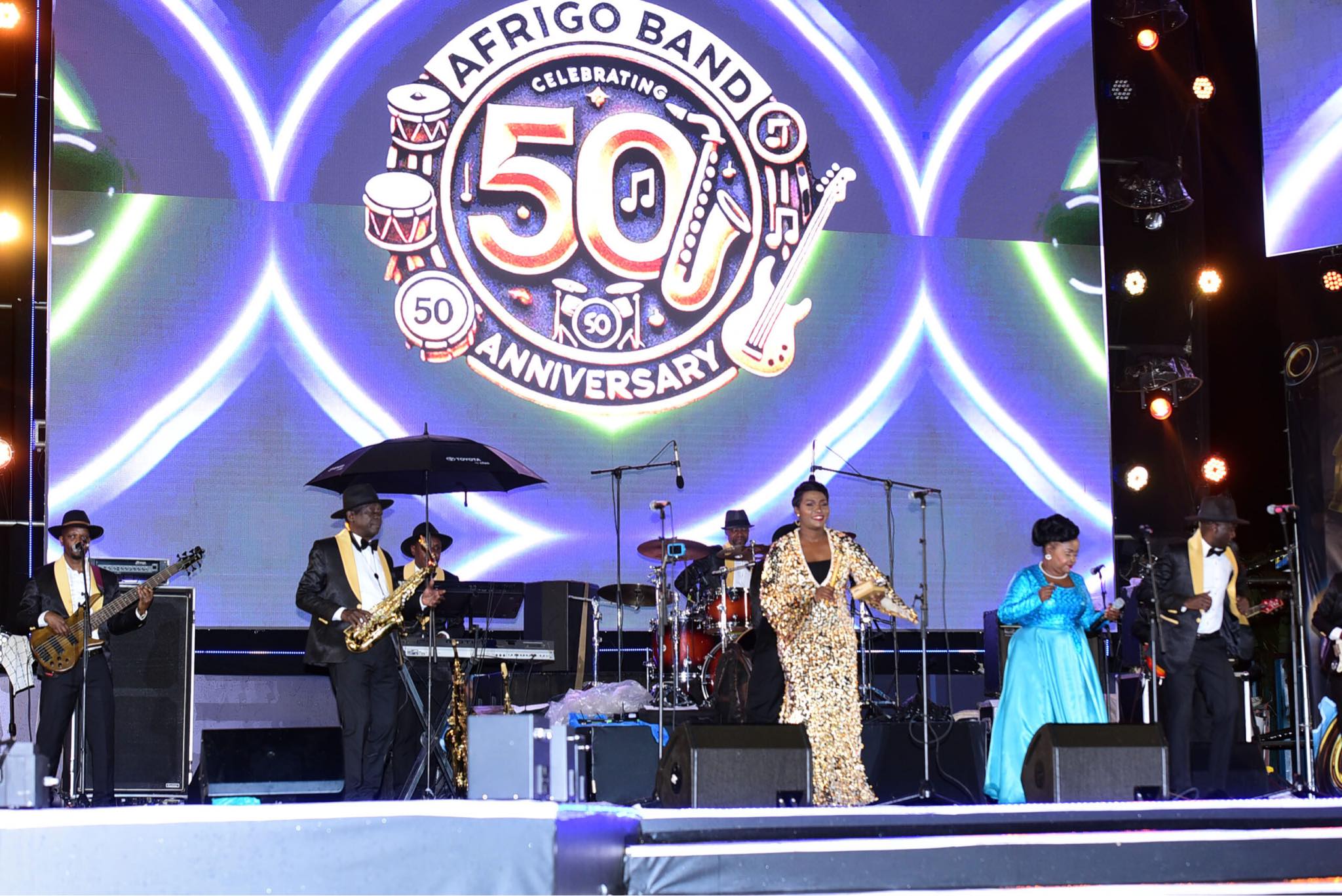#OutToLunch KCCA’s golden opportunity to create a taxi park free city
By Denis Jjuuko
Kampala has two main taxi parks — the old one and the new one. They are just a few metres apart in downtown Kampala. Many taxis start their journeys from there either to Kampala’s expanding suburbs or to upcountry. But there are also many that start their journeys on stages in different parts of Kampala. Others simply keep moving picking passengers along the way. Both taxi parks can actually be a tourist attraction — if anyone can market congestion.
Some people who own some plots of land where one of the taxi parks is located are demanding compensation of more than Shs300 billion without which taxis must find another place to park and wait for customers. However, the expansion of Kampala has created some additional small taxi parks in places like Nakawa and Nateete. When taxi parks were first created, they could have made a lot of sense. The two taxi parks sandwiched a bus park. Buses would bring in people from upcountry and the 14 seat taxis would pick them to their final destination in the suburbs. Eventually, those who didn’t want to wait for too long for buses to fill opted for the 14 seat taxis or the 5-seat Peugeot 504 for those going to Masaka.
The bus park in Kampala is no longer centralized. There are a few bus parks from different locations still not far from downtown Kampala but not as close they originally were to both the new and old taxi park. Actually, one like Namayuba is a distance from the old taxi park.
So do we still need to spend more than Shs300 billion to pay off landlords to have a taxi park in downtown Kampala? There are many options that the Kampala Capital City Authority (KCCA) could do with their Shs300 billion kitty. It could decide to work on roads – replace aging paved roads, expanding others, build new ones or install traffic lights in some.
Kampala residents give their land free of charge for KCCA to build roads thereby reducing the cost of building new roads. So with Shs300 billion, KCCA can build a minimum of 120 kilometres of bitumen standard roads in Kampala. I shudder to imagine what Kampala would look like if in one or two years, 120km of roads were constructed. Kampala is such a small city so this would be massive.
By just constructing new roads or maintaining others, small and medium enterprises would be set up employing many people. KCCA would make more money in trading licenses and property taxes. The economy would significantly grow. The construction of these roads alone would increase revenues of the contractors but most importantly a good number of people would get jobs. The Uganda Revenue Authority would collect more taxes. Many countries fix infrastructure to create new jobs and grow their economies.
But also by actually not having taxi parks in the city and promote the replacement of 14 seat taxis with buses that carry at least 90 people would reduce the congestion in Kampala. Politicians need to stop fearing to replace taxis. Taxi owners can actually afford buses. Many of these owners own a few taxis which if they are sold, they can afford buses. Taxi owners and operators have saccos that have billions of money which they can use to buy buses.
The government owns the majority shares in Kiira Motors so they can work with organized taxi associations and transport companies to get buses on favourable terms. The government can easily discount Kiira’s buses so these people can own the buses. Also, imagine if KCCA instead of paying off landlords they went and deposited this money for buses and tasked those who want to get buses to pick them and pay back in a few years with a little interest? They could partner with a bank to manage this buses-for-Kampala-fund.
The other alternative for KCCA would be to use this money to create bus lanes in some parts of Kampala. You can easily stop people from driving into Kampala by turning parking lanes on the roads into bus lanes. Many of us would gladly leave our cars somewhere and jump into faster buses to the city.
Like we have seen with bus parks that are private, business people can set up taxi parks if they wanted. So let us do the right thing and end the existence of taxi parks in Kampala and solve the congestion in the city.
The writer is a communication and visibility consultant. djjuuko@gmail.com











